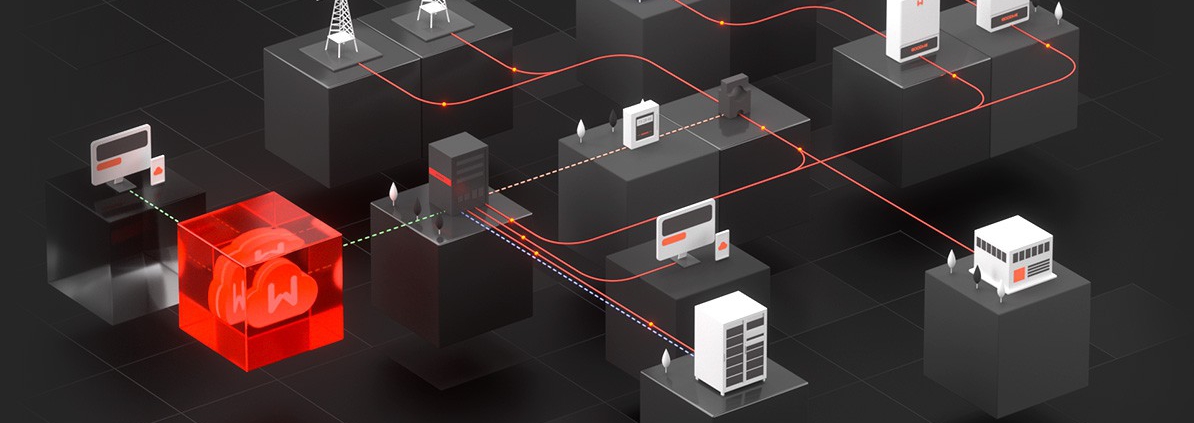Understanding Industrial Energy Storage Systems: Technologies, Architectures, and Deployment Considerations
- Introduction
As industrial sectors face increasing pressure to reduce carbon emissions, stabilize energy costs, and enhance operational resilience, industrial energy storage systems (IESS) have emerged as a vital component in modern energy strategies. These systems allow factories, data centers, mining operations, and manufacturing parks to better manage peak demand, integrate renewable energy, and ensure backup power during grid disruptions. This article explores the technologies behind IESS, their system architectures, and key considerations for deployment in complex industrial environments.
- What Makes an Energy Storage System “Industrial”?
Industrial energy storage systems differ from residential or commercial systems in scale, integration complexity, and performance demands. While residential systems typically operate below 50 kW, IESS solutions often range from hundreds of kilowatts to multi-megawatt capacities. Key characteristics include:
- High cycle durability for daily operation
- Grid interaction capabilities (e.g., frequency regulation, peak shaving)
- Integration with facility control systems (e.g., SCADA, PLCs)
- Advanced safety protocols and regulatory compliance
These systems are engineered to provide more than backup—they function as energy assets that optimize facility-wide energy use.
- Core Technologies Behind Industrial Energy Storage Systems
3.1 Battery Chemistries
- Lithium Iron Phosphate (LFP): Known for thermal stability, safety, and long cycle life, LFP is the most commonly used chemistry in IESS.
- Nickel Manganese Cobalt (NMC): Offers high energy density but requires stringent thermal management.
- Flow Batteries: Particularly vanadium and zinc-bromine types, these systems are ideal for long-duration storage (>4 hours) with decoupled power and energy ratings.
- Emerging Chemistries: Sodium-ion and advanced lead-acid options are under evaluation for cost-effective and regional applications.
3.2 Power Conversion Systems (PCS)
PCS units manage the bidirectional flow of electricity between batteries and the grid/load. In industrial environments, PCS must handle high voltage/current levels, support multiple operating modes (grid-tied, islanded), and ensure low harmonic distortion.
3.3 Battery Management Systems (BMS)
BMS ensures safety and performance at both cell and system levels. It monitors temperature, voltage, current, and state of health (SOH), and interfaces with EMS and facility controllers. Advanced BMS also provide predictive maintenance alerts and cyber-secure communication protocols.
3.4 Thermal Management
- Air Cooling: Simpler and cost-effective, but may struggle in high-temperature industrial zones.
- Liquid Cooling: Offers uniform temperature control, supports higher energy densities, and enhances system lifespan—ideal for containerized or rack-based megawatt systems.
- System Architectures: Centralized, Modular, and Containerized
- Centralized Systems: Feature large battery banks housed in one facility, suitable for utility-scale plants. Centralized control eases dispatch management but can complicate cabling and space allocation.
- Modular Designs: Rack-based setups that are scalable and easier to maintain, often deployed in indoor industrial settings.
- Containerized Solutions: Standardized 10- or 20-foot units with integrated BMS, PCS, cooling, and fire protection. They are transportable, easy to deploy, and popular in international EPC projects.
- Deployment Considerations in Industrial Scenarios
- System Sizing: Requires detailed load profiling to size power (kW) and energy (kWh) correctly. Oversizing can lead to CAPEX inefficiency, while undersizing limits effectiveness.
- Safety and Compliance: Systems must comply with UL 9540, UL 1973, NFPA 855, IEC 62933, among others.
- Grid Interconnection: Industrial BESS must accommodate utility interconnection standards, anti-islanding protocols, and may participate in demand response markets.
- Hybrid Integration: Many systems are paired with PV or diesel generators. Hybrid EMS manages multiple inputs to optimize cost and emissions.
- Maintenance and Monitoring
- Routine Maintenance: Includes inspection of thermal systems, electrical insulation, and firmware updates.
- Remote Monitoring: Real-time dashboards for SOC/SOH, alerts, and performance KPIs.
- Predictive Analytics: AI-based diagnostics to identify early warning signs of failure.
- Future Trends and Innovations
- AI-Driven Dispatch Algorithms: Enhance revenue from grid services and dynamic pricing models.
- DC-Coupled Architecture: Reduces energy conversion losses by integrating PV and storage on a shared DC bus.
- Carbon Accounting Integration: Linking BESS data with carbon offset systems to validate ESG performance.
- Conclusion
Industrial energy storage systems are no longer optional—they’re strategic tools for operational efficiency, energy independence, and sustainability. As battery technologies mature and system architectures evolve, IESS will become foundational to the decarbonization of industry.
Recommended Reading:


